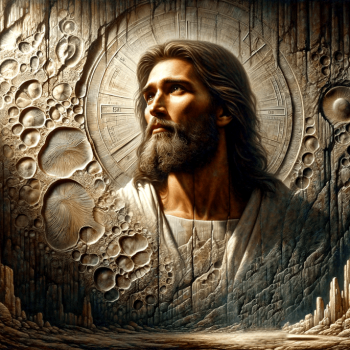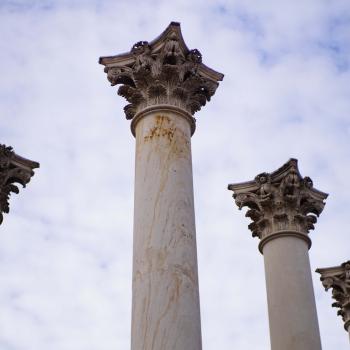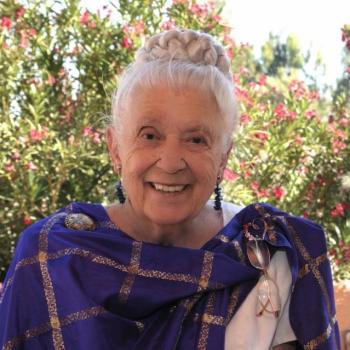
Pick up the classic Chinese philosophy text Tao Te Ching, and at first its circular logic may baffle you. That’s how I felt when I initially read the book a couple of decades ago. I was puzzled by lines like “when nothing is done, nothing is left undone.” But in recent years, it’s beginning to make more sense.
The Tao Te Ching was authored by a guy named Lao Tzu and is believed to have originated around 500 BCE—or about five centuries before the birth of Jesus. This ancient text consists of a series of aphorisms, or sayings, that articulate a philosophy known as the Tao. These sayings have been described as “the process of the world” and “the principles governing the universe.” In other words, they represent the key to life.
In ancient China, there were two philosophical traditions.
In The Way of Zen, Alan W. Watts explains the two traditions were Confucianism and Taoism. In a nutshell, these philosophies can be summarized as follows:
- Confucianism focuses primarily on ethical and legal principles
- Taoism is concerned with the philosophical understanding of life
According to Watts, Taoism was seen as a pursuit of the elderly, especially those “retiring from active life in the community.” This pulling back from the world was viewed as an “outward symbol of inward liberation.” It allowed the retiree to pursue “unconventional patterns of thought,” giving them the opportunity to sit back and reflect on life, in the days before we were distracted by TVs and smartphones.
There’s a passage in the Tao Te Ching where the essence of the Tao is explained. As you read the passage that follows, you’ll see the Tao is referring to something invisible. Call it the life force, the essence of the universe, or what I refer to as God. It goes like this:
The great Tao flows everywhere
To the left and to the right
All things depend upon it to exist,
And it does not abandon them.
To its accomplishments it lays no claim.
It loves and nourishes all things,
But does not lord it over them.
The core teaching of the Tao: “Go with the flow.”
At lease that’s my take. When we fight the flow of life, we struggle and can suffer. But when we go with the flow, we are traveling on the path of least resistance, gently floating down the stream of life. Living with the spirit of the Tao means letting things happen naturally, as opposed to trying to make things happen.
Less and less do you need to force things
until finally you arrive at nonaction
Watt explains that the goal of the Tao is to bring the mind into play not by forcing it, but by using our inborn, spontaneous intelligence. To do this, we use our mind like “a mirror.” Our mind “receives input but does not keep it, performing actions without worry.” When we operate in this manner, according to the Chinese philosopher Chuang-tzu:
The notions of right and wrong and the praise and blame of others does not disturb us. We operate from the true self and not from the ego.
When you learn to leave your mind alone “it functions in the integrated and spontaneous way that is natural to it.” You then begin to possess the special virtue called “Te.” In the Te state, the mind is constantly at rest, as if in a totally relaxed meditative state, “non-active and aimless.” Nothing to worry about. Nothing to do. Life takes care of itself.
The Tao is not a passive approach to life.
As Stephen Mitchell points out in the book God’s Breath, the philosophy found in the Tao Te Ching is often seen as taking “a passive approach” to the activities of our everyday world. But “nothing could be further from the truth.” Mitchell explains:
A good athlete can enter a state of body awareness in which the right stroke or right movement happens by itself, effortlessly, without any interference from the conscious will. This is a paradigm for non-action: the purest and most effective form of action.
Mitchell tells us that when you move through life following this principle, “nothing is done because the doer has vanished into the deed.” This happens when you “trust the intelligence of the universe” in the same way an athlete or a dancer trusts the instincts of their body. They don’t think so much as do. In the words of Lao Tzu this means you:
Act without acting
Work without working
Taste without tasting
Great or small many or few
Repay each wrong with virtue
Plan for the hard while it’s easy
Work on the great while it’s small
The hardest task in the world begins easy
The greatest goal in the world begins small
When you operate at this effortless level, flowing with the stream of life and not against it, you also find an inner contentment. It’s a way of knowing that transcends the intellect. Lao Tzu explains the mindset this way:
Without going out his door
He knows the whole world
Without looking out his window
He knows the Way of Heaven
The farther people go
The less people know
Therefore the sage knows without moving
Names without seeing
Succeeds without trying
Ultimately, the Tao isn’t a set of rules to follow. It’s more of an invitation to tune in to the natural rhythm of life. It challenges us to let go of the need to control what happens, and instead trust in a deeper, more intuitive intelligence. With this “effortless action,” we align ourselves with the flow of the universe. We do more by doing less.














